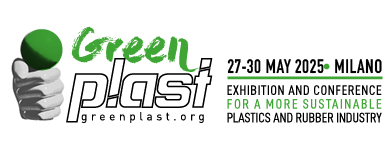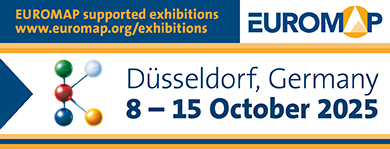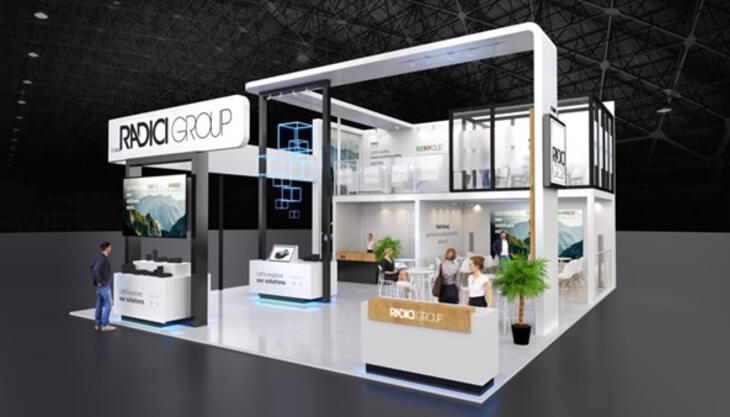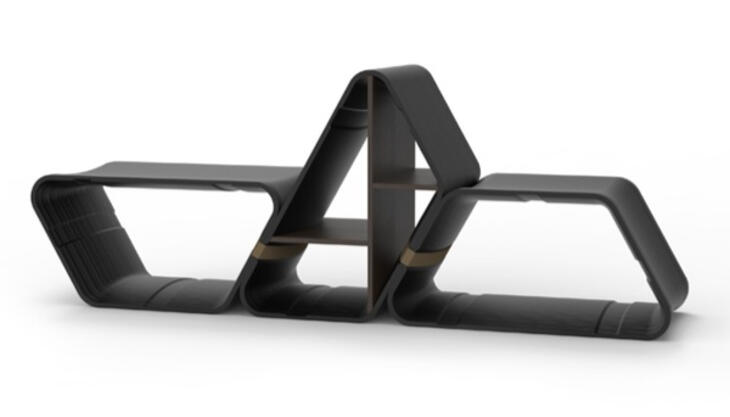The first semi-finished product made with Ultramid Advanced N

Basf has now developed Ultramid Advanced N5H UN, a PPA that can be manufactured into semi-finished parts by extrusion. The plastics company Gehr (Germany) is using the new PPA to produce extruded stock shapes with a diameter of 50 millimeters. Ultramid Advanced N offers excellent mechanics at elevated temperatures due to its semi-aromatic chemical structure. It shows excellent resistance to chemicals and hydrolysis, even in aggressive environments, as well as good sliding friction properties - and all this at temperatures above 100°C. Due to its low water uptake its mechanical properties remain stable over a wide temperature range. Even in humid environments, the long-chain high-performance material shows a dimensional stability that belongs to the highest of all polyamides.
This property profile makes Ultramid Advanced N the perfect material for extruding pre-fabricated components and small assemblies but also for many applications in the automotive industry, in mechanical engineering and in kitchen appliances. During machining, the behavior of the semi-finished products lies between a polyamide and a polyoxymethylene copolymer, with steady and consistent chip formation and removal. Ultramid Advanced N5H closes a gap in the market between semi-finished parts made of polyetheretherketones and polyarylsulfones on the one hand and semi-finished products made from engineering plastics on the other hand. In comparison to the latter it can be used at continuous operating temperatures well above 120°C. The Basf material is also suitable for profiles other than rods.
A wide range of applications can be manufactured from Gehr’s extruded rods: components with very high operating temperatures and pump parts requiring exact dimensional stability are just as feasible as gear wheels, thermostat housings and sliding rails. In the automotive industry, the material is particularly suitable for components that come into contact with motor and transmission oils, coolants, acids, salts and de-icing fluids. Parts that require high sliding friction properties can be used even at high temperatures due to the material’s high impact resistance and very low wear rate.


















